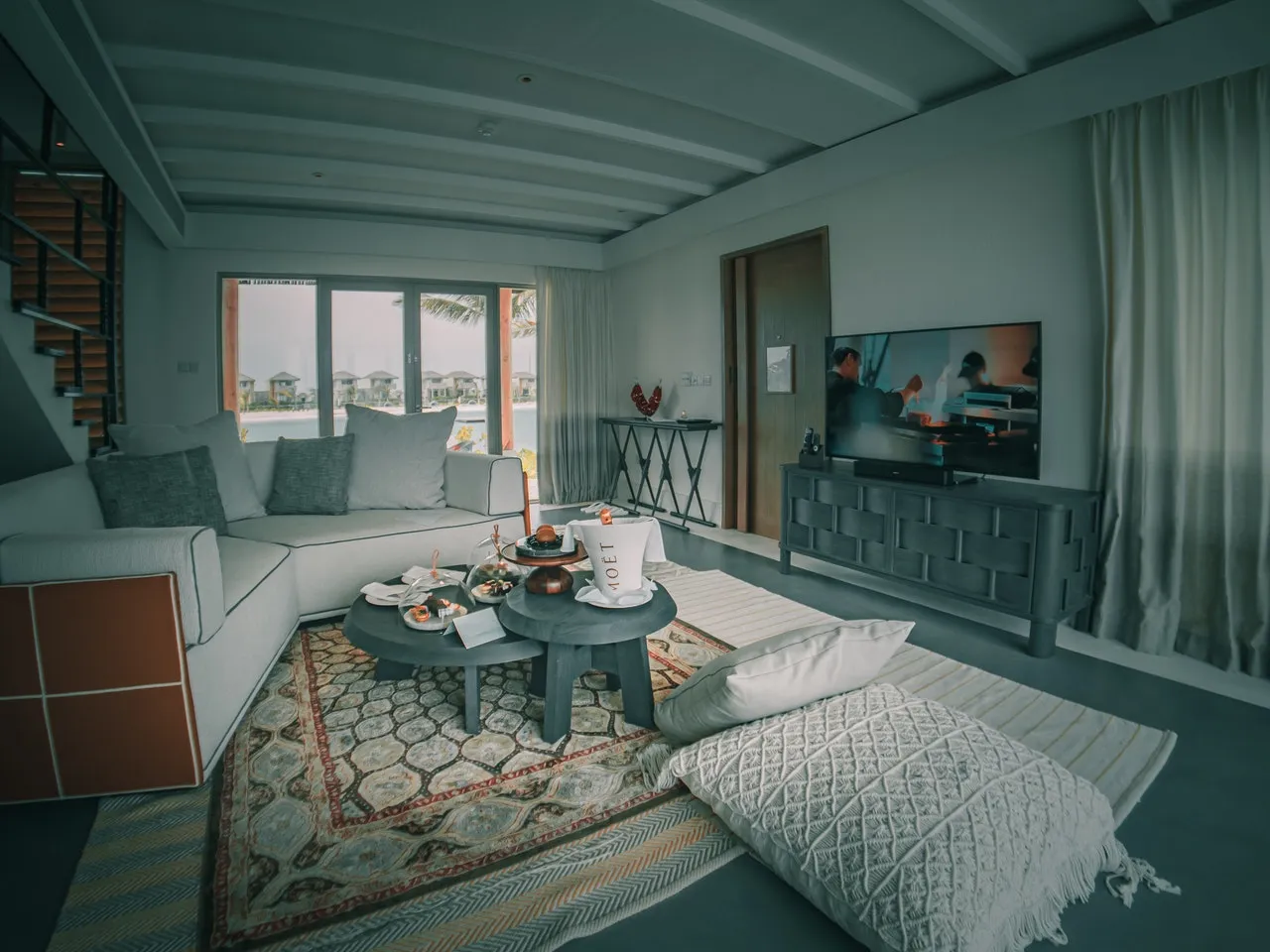- Custom home builder warranties typically include 1-year workmanship, 2-year systems, and up to 10-year structural coverage.
- Warranties differ in provider (builder or third-party), transferability, claim process clarity, and exclusions.
- Exclusions can include wear-and-tear, homeowner negligence, landscaping, and appliance failures.
- To file a claim: document issues, submit according to terms, and keep detailed records.
- Real-world outcomes show that warranty support can save homeowners tens of thousands in repair costs and delay.
- Always prioritize builders with transparent, robust warranty programs over simply lower bids.
I. Introduction
When selecting custom home builders that offer warranties, you gain more than craftsmanship—you secure long-term protection for your investment. In 2025, total warranty accruals by new-home builders grew by less than 1%, while warranty claims payout decreased by 2%, signaling greater industry stability and stronger builder accountability in warranty programs . As of January 2025, housing completions were up 12% from 2023, while starts dipped 4%, showing continued demand for quality new construction Warranty Week.
Whether you’re building from scratch or renovating extensively, working with custom home builders that offer warranties equips you with structured protection: typically a tiered system covering craftsmanship, mechanical systems, and structural elements. This safety net addresses homeowner pain points such as unexpected defects, hidden repair costs, and potential disputes over quality or code compliance. With construction costs having surged—median home prices now approaching $430,000 and labor shortages affecting up to 45% of projects—robust builder warranties are more valuable than ever Worldmetrics.
This article walks through what warranty coverage custom home builders typically include, why those guarantees matter, what to ask before hiring a builder, how to handle claims, and real-life examples demonstrating why warranty-backed builders offer peace of mind. Whether you’re comparing structural warranty durations or fine-print exclusions, this guide helps ensure your custom home is protected at every level.
II. What Is a Custom Home Builder Warranty?

A custom home builder warranty is a written commitment from the builder (or sometimes a third-party provider) to repair or replace defects stemming from specific construction issues over defined time frames. This type of warranty differs from homeowner insurance or a manufacturer’s appliance warranty. Custom home builders that offer warranties often present a tiered coverage structure:
-
Workmanship or Fit-and-Finish Coverage (typically 1 year): Covers cosmetic defects such as drywall, flooring, interior trim, paint, and cabinetry. Includes errors in finish workmanship such as gaps, misaligned trim, or uneven surfaces.
-
Mechanical or Systems Coverage (commonly 2 years): Protects major systems like HVAC, plumbing, and electrical wiring from malfunctions or installation issues Element Homesnewhomesource.com.
-
Structural Coverage (up to 10 years): Includes load-bearing elements such as foundation, framing, roof structure, beams, and columns; covers defects that compromise safety or structural integrity Element Homes.
Some builders partner with third-party warranty administrators, offering greater consumer protection if the company goes out of business, though many warranties remain fully builder-backed. Most structural warranties are transferable to new homeowners, increasing resale value. While this tiered structure is standard across U.S. custom home warranty programs, specifics—including durations, claim processes, and exclusions—can vary widely by builder and state regulations.
III. Types of Home Builder Warranties Explained
1. Workmanship Warranty (≈1 Year)
Covers cosmetic defects—drywall cracks, paint issues, trim misalignment, tile lippage, and other non-structural finish items. These are often 1-year limited warranties and require timely homeowner inspection and reporting. Builders with strong reputations often include a final walk-through and punch list within 60 days of closing to identify these defects.
2. Systems Warranty (≈2 Years)
Covers HVAC systems, plumbing lines, electrical wiring, major appliances (only as installed by builder), and ductwork or pipe leaks not due to misuse. Common failure modes occur early as systems settle into usage. A 2025 Constellation survey finds that builders offering proactive maintenance visits within the first year report higher customer satisfaction.
3. Structural Warranty (Up to 10 Years)
Covers load-bearing defects: foundation cracks, major framing failures, roof-sheathing collapse, sloping or sinking slabs, and joint separation. Structural warranty claims are rare before year 2, but when they occur (e.g., foundation settlement), repair costs can exceed $20,000. This warranty often carries a pro-rated schedule after year six.
4. Manufacturer Appliance Warranties
Provided directly by appliance brands and independent of builder responsibility. Typically 1- to 5-year parts-and-labor coverage. If a builder installed a unit with an extended warranty, homeowners must register promptly.
5. Third-Party Backed Warranties
Administered by external firms or insurance underwriters. While they may cost more, they offer added protection in cases where the builder is insolvent. Some regions (like Ontario, Canada) require warranties to be backed by provincial bodies such as Tarion en.wikipedia.org.
Suggested Table Section:
| Warranty Type | Typical Duration | Coverage Includes | Key Advantages |
|---|---|---|---|
| Workmanship | 1 year | Drywall, paint, trim, finishes | Quick resolution of visible defects |
| Systems | 2 years | HVAC, plumbing, electrical wiring | Early issues in systems covered |
| Structural | Up to 10 years | Foundation, framing, load-bearing elements | Significant protection for critical structural risks |
| Manufacturer | Varies | Appliances, fixtures | Factory coverage separate from construction defects |
| Third-party | Varies | Overlaps with builder warranty | Independent enforcement and solvency protection |
IV. Why Builder Warranties Are a Big Deal
Builder warranties offer crucial benefits:
-
Financial Protection: Without coverage, a foundation repair can cost tens of thousands. With structural warranty, these costs are typically borne by the builder or insurer.
-
Peace of Mind: Knowing that a defect discovered up to decade after construction may still be covered reduces homeowner anxiety.
-
Resale Value Impact: Transferable warranties can boost buyer confidence—particularly for structural late-period warranties.
-
Accountability Incentive: Builders who offer warranties are financially accountable to correct mistakes, which encourages higher build quality.
-
Dispute Resolution Framework: A formal warranty document defines clean processes for reporting, inspecting, and resolving claims—reducing disputes.
A 2025 industry-wide warranty report noted that while the total number of warranty claims decreased by 2%, warranty reserve balances increased by 4%, reflecting improved quality and stability in execution Warranty Week. An example case: a homeowner who discovered significant foundation settling in year 6 had full structural repairs covered, saving over $25,000 in repair costs.
V. What to Look for in a Custom Home Builder Warranty
When evaluating custom home builders that offer warranties, ask:
-
Duration: Is the structural warranty up to 10 years? Is workmanship at least 1 year? Are mechanical systems covered at least 2 years?
-
Coverage Details: Are water infiltration and insulation defects included? Are exclusions clearly spelled out?
-
Provider Type: Is the warranty backed by a third-party (greater consumer protection) or solely by the builder?
-
Claims Process: Is there a hotline or online portal? What documentation is needed?
-
Transferability: Can you transfer the warranty if you sell your home?
-
Fine Print Alerts: Watch for overly broad exclusions, short reporting windows, and limits on liability or cap amounts.
Red Flags to Avoid:
-
Warranties with structural coverage of less than 7 years.
-
Ambiguous coverage language or excessive disclaimers.
-
No formal inspection process for claims.
-
Non-transferable warranties.
Reviewing builder reviews specifically focused on warranty fulfillment is also valuable. A builder may prompt high ratings initially, but customer feedback on how warranty issues were handled reveals much more about long-term reliability custom builder connection.com
VI. Common Exclusions and Limitations to Watch For
Most builder warranties exclude:
-
Normal wear and tear or aesthetic aging.
-
Damage due to homeowner neglect or poor maintenance.
-
Landscaping, grading, patios, driveways.
-
Insect or pest damage, shrinkage or expansion.
-
Appliance breakdowns outside factory warranty period.
-
Natural disasters (storms, fire, floods, earthquakes) unless otherwise stated consumeraffairs.com.
Owners often misunderstand warranty limits—for example, assuming warranty covers damage from homeowner modifications. Missed reporting deadlines also limit recourse.
To prevent surprises:
-
Schedule seasonal maintenance per builder’s manual.
-
Communicate early if an issue arises.
-
Keep copies of all communications and reports.
VII. How to File a Warranty Claim the Right Way

To file an effective warranty claim:
-
Document the issue thoroughly: photos, date logged, context.
-
Review your warranty terms, noting coverage category and reporting deadlines.
-
Contact the provider (builder or third-party) using the documented submission method.
-
Submit a written claim, include supporting evidence and date of discovery.
-
Arrange for site inspection by builder or designated adjuster.
-
Approve repairs in writing, noting correction timeline.
-
Follow up on progress and sign off only once repairs meet standards.
If the builder fails to respond, escalation steps often include arbitration, mediation, or third-party involvement (especially with externally backed warranties). Maintain a record of communications and be proactive—claims submitted after warranty expiration—or incomplete documentation—can be denied
VIII. Case Study: Two Warranty Outcomes
Homeowner A: Texas Custom Build with Full 10-Year Structural Warranty
They selected custom home builders that offer warranties from a well-reviewed firm in Austin. In year 6, they noticed foundation shifting. The structural warranty was still active and fully valid. The builder coordinated an engineering inspection and completed necessary repairs under warranty. No out-of-pocket cost; home value preserved.
Homeowner B: Lesser-Known Builder Without Warranty
In another case, a family hired a budget-friendly custom builder offering no structural warranty and minimal workmanship coverage. After a serious structural settlement in year 3, they paid $32,000 for foundation repair. Renovation delayed, added repair cost reduced home equity. No coverage or recourse was available.
Lessons Learned:
-
Warranty terms materially impact long-term financial exposure.
-
Investing in a builder with strong warranty coverage can save tens of thousands.
-
Always review builder policies—not just price or design appeal.
IX. Conclusion
A warranty from custom home builders that offer warranties is as critical as selecting quality materials or an attractive floorplan. It ensures that if defects arise—whether in finish details, system failures, or structural integrity—you aren’t left footing the bill alone.
Builder warranties protect your financial investment, minimize stress, and support resale value through transferable structural guarantees. While standard durations remain one year for workmanship, two years for systems, and up to ten years for structural coverage, not all warranties offer equal protection. It is essential to understand coverage details, exclusions, claims processes, and who backs the warranty.
Before signing with any custom builder, ask detailed questions about warranty coverage and get terms in writing. Compare builder reviews for warranty handling, and favor those who prioritize transparency in claims resolution.
For further reading on warranty best practices and comparisons:
-
New Home Source – Builder Warranties: What’s Covered, What’s Not
-
Custom Builder Connection – What to Know About Warranty Options
-
Timm Clarke – Building Confidence: Understanding Home Builder Warranties
When you partner with warranty-backed custom home builders, your dream home is not only beautifully built—it’s built to last, with accountability baked in.


